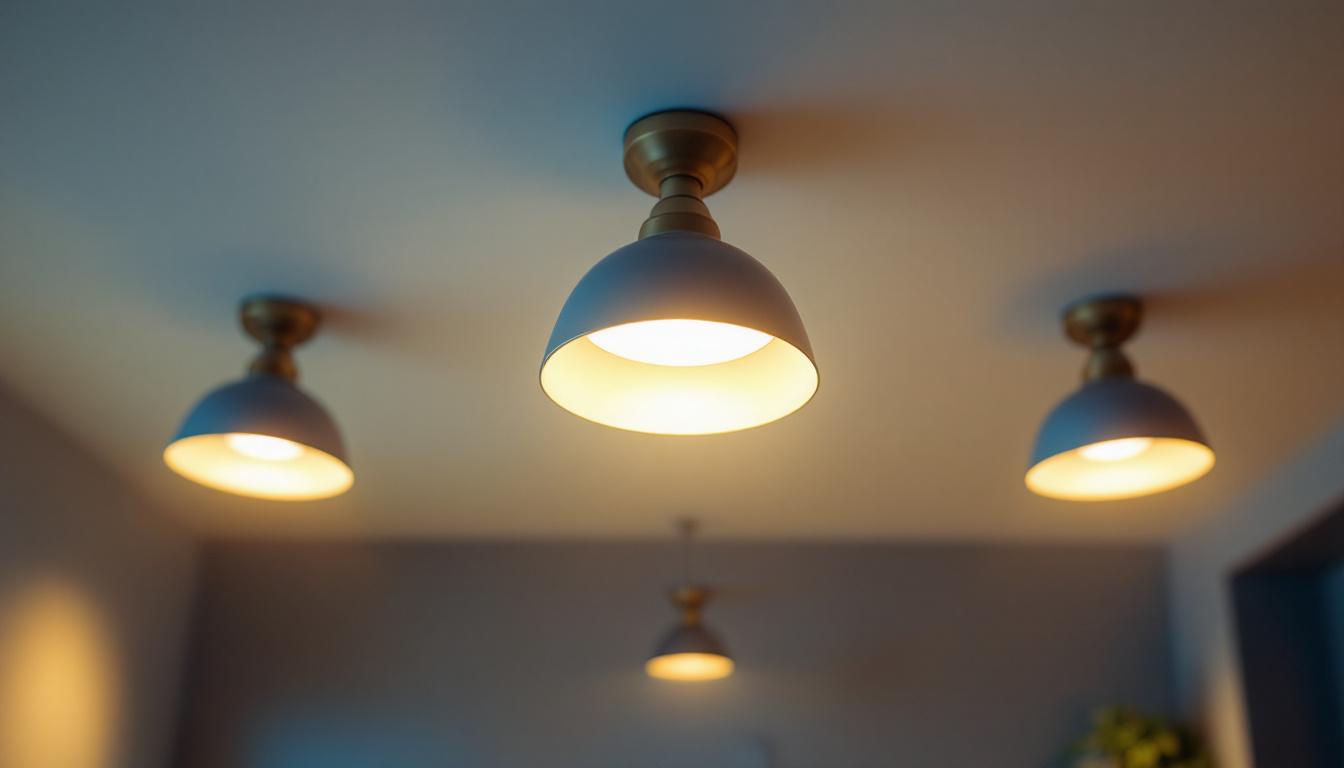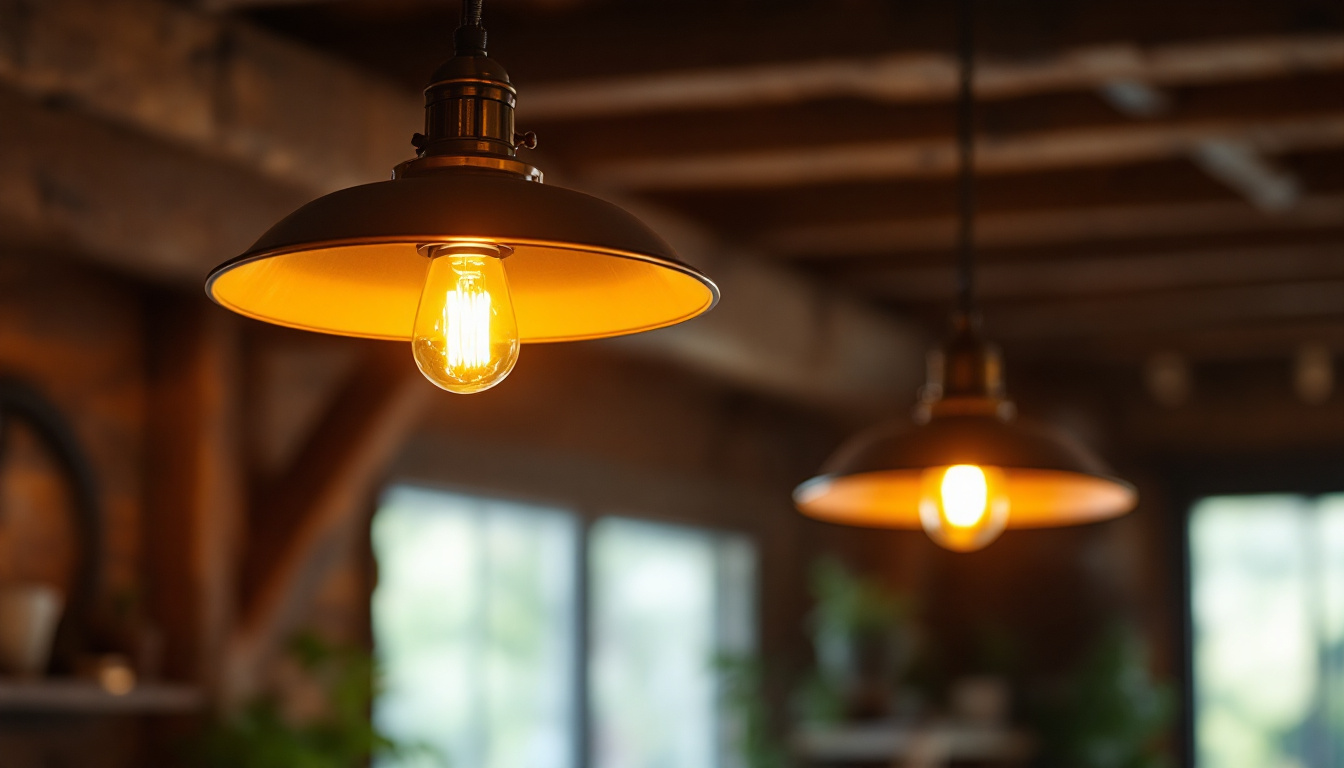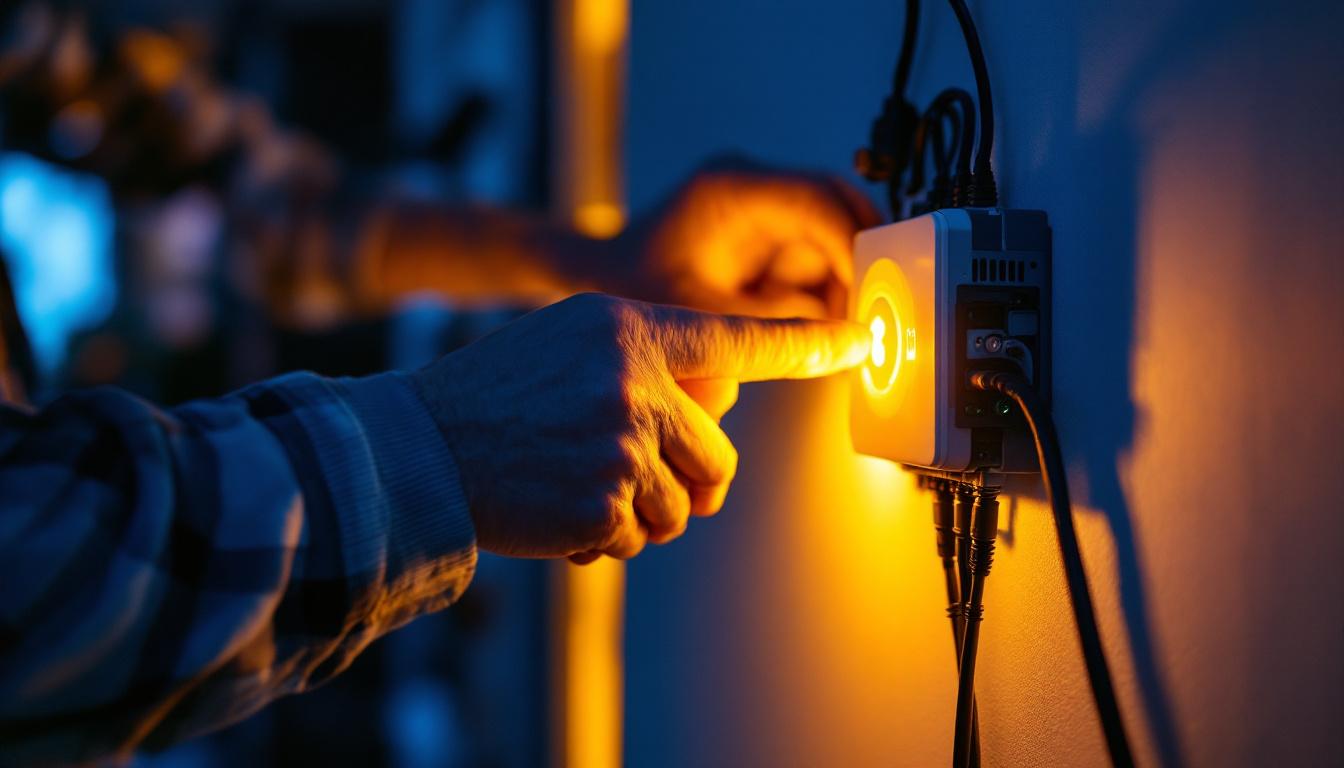
In the ever-evolving world of lighting design, LED can lights have emerged as a staple for both residential and commercial applications. As energy efficiency and aesthetic appeal continue to drive consumer preferences, understanding the latest trends in LED can lights is essential for lighting contractors. This article explores three significant trends that are shaping the market, providing insights that can help contractors stay ahead of the curve.
The rise of smart home technology has transformed the way consumers interact with their living spaces, and LED can lights are no exception. Smart lighting integration allows users to control their lighting through smartphones, tablets, or voice-activated devices. This trend is not just about convenience; it also offers enhanced energy efficiency and personalization.
Smart LED can lights come with a range of benefits that appeal to both homeowners and contractors. For instance, they can be programmed to adjust brightness and color temperature based on the time of day or specific activities, such as reading or entertaining. This level of customization not only enhances the user experience but also contributes to energy savings, as lights can be dimmed or turned off when not needed.
Moreover, many smart LED can lights are compatible with existing smart home systems, making them easy to integrate into a broader network of connected devices. This interoperability is a key selling point for contractors looking to offer comprehensive lighting solutions. Additionally, the ability to create lighting scenes or schedules can significantly enhance the ambiance of a home, allowing users to set the perfect mood for any occasion, from a cozy movie night to a vibrant dinner party.
Another notable advantage of smart LED can lights is their ability to provide increased security. Homeowners can program their lights to simulate occupancy while they are away, deterring potential intruders. Furthermore, many smart lighting systems can be integrated with security cameras and alarms, creating a cohesive security strategy that enhances peace of mind.
When installing smart LED can lights, contractors should be aware of the specific requirements for connectivity and compatibility. Ensuring that the chosen products work seamlessly with the client’s existing smart home system is crucial. Additionally, providing clients with guidance on how to use and manage their smart lighting can enhance customer satisfaction and lead to future referrals.
It’s also important for contractors to consider the physical installation of these lights. Smart LED can lights often require a stable Wi-Fi connection, which may necessitate the installation of additional routers or extenders in larger homes. Furthermore, educating clients about the importance of firmware updates and app management can help maintain the functionality and security of their smart lighting systems over time. By addressing these technical aspects, contractors can ensure a smooth installation process and a more satisfying user experience for their clients.
As consumers become more discerning about the quality of light in their spaces, the demand for LED can lights with enhanced color rendering capabilities is on the rise. Color Rendering Index (CRI) is a measure of how accurately a light source displays colors in comparison to natural light, and higher CRI values are increasingly sought after.
A CRI value of 90 or above is generally considered excellent, making it ideal for applications where color accuracy is critical, such as art galleries, retail spaces, and photography studios. Contractors should be prepared to discuss the benefits of high-CRI LED can lights with their clients, emphasizing how they can elevate the overall aesthetic of a space. High CRI lighting can bring out the vibrancy of colors in artwork, making hues appear more vivid and true to life, which is particularly important in settings where visual presentation is paramount.
In addition to CRI, many manufacturers are now focusing on tunable white technology, which allows users to adjust the color temperature of their lights throughout the day. This feature not only enhances visual comfort but also supports circadian rhythms, promoting better health and well-being. For example, cooler light temperatures in the morning can help energize occupants, while warmer tones in the evening can create a relaxing atmosphere, making it easier to wind down after a long day.
When selecting LED can lights with high CRI and tunable white capabilities, contractors should consider the specific needs of their clients. For instance, in a residential setting, homeowners may prefer lights that can transition from warm to cool tones, while commercial spaces may benefit from a consistent color temperature that enhances product displays. Additionally, the placement of these lights can significantly impact their effectiveness; strategically positioning can lights to highlight architectural features or specific merchandise can create a more inviting and engaging environment.
By staying informed about the latest advancements in color rendering technology, contractors can provide tailored recommendations that meet their clients’ unique preferences and requirements. They should also consider the energy efficiency of these products, as many high-CRI LED lights are designed to consume less power while delivering superior performance. This not only helps clients save on energy bills but also aligns with growing sustainability goals, making it a win-win situation for both contractors and their clients.
Energy efficiency remains a top priority for both consumers and contractors. LED technology is inherently more efficient than traditional incandescent or fluorescent lighting, but advancements in design and manufacturing are pushing the boundaries even further. The focus on sustainability is not just a trend; it is becoming a fundamental aspect of lighting design.
Many manufacturers are now prioritizing eco-friendly materials in the production of LED can lights. This includes using recyclable components and reducing the overall carbon footprint during manufacturing. Contractors should be aware of these developments and consider sourcing products from companies that align with sustainability goals.
In addition to product selection, contractors can also promote energy-efficient practices during installation. For example, implementing smart controls and occupancy sensors can significantly reduce energy consumption in both residential and commercial settings. Educating clients about the long-term cost savings associated with these technologies can further enhance the appeal of energy-efficient lighting solutions. Moreover, integrating daylight harvesting techniques—where natural light is utilized to reduce reliance on artificial lighting—can further optimize energy use, creating a more harmonious balance between artificial and natural light sources.
As the push for energy efficiency continues, many governments offer incentives and rebates for the installation of energy-efficient lighting systems. Contractors should stay informed about local programs that can benefit their clients, as these incentives can significantly offset the initial costs of upgrading to LED can lights.
In addition to state and federal incentives, utility companies often provide rebates for energy-efficient upgrades, making it even more appealing for clients to consider switching to LED technology. These financial incentives not only help to alleviate the upfront costs but also encourage broader adoption of sustainable practices within the community. Contractors can play a crucial role in guiding clients through the application processes for these rebates, thereby enhancing their service offerings and reinforcing their commitment to sustainability. By actively promoting the financial and environmental benefits of energy-efficient lighting, contractors can position themselves as knowledgeable experts in the field, ultimately leading to increased customer loyalty and referrals.
As the landscape of lighting design continues to evolve, staying informed about the latest trends in LED can lights is essential for lighting contractors. From smart lighting integration to enhanced color rendering and a focus on sustainability, these trends not only reflect consumer preferences but also present opportunities for contractors to differentiate themselves in a competitive market.
By embracing these trends and adapting to the changing needs of clients, contractors can ensure their relevance and success in the lighting industry. Whether it’s through offering smart solutions, emphasizing color quality, or promoting energy efficiency, the future of LED can lights is bright, and those who stay ahead of the curve will reap the rewards.
Ready to lead the charge in the latest LED can light trends and offer your clients the best in smart lighting, color rendering, and energy efficiency? Look no further than LumenWholesale for your lighting needs. Our spec-grade lighting products not only meet the highest industry standards but also come at unbeatable wholesale prices, ensuring you get the most value for your investment. Say goodbye to middleman markups and hello to premium lighting with the convenience of free shipping. Elevate your lighting game and give your projects the competitive edge with Wholesale Lighting at the Best Value from LumenWholesale.

Discover expert strategies and proven methods for installing recessed lighting in drop ceilings, tailored specifically for lighting contractors.

Explore the rising significance of the 15W Type B bulb in the lighting industry.

Discover the essentials of barn lighting in just five minutes with this quick guide tailored for lighting contractors.

Discover everything about dimmable LED light drivers in this contractor edition—learn key benefits, installation tips, and industry stats to optimize your lighting projects today!.